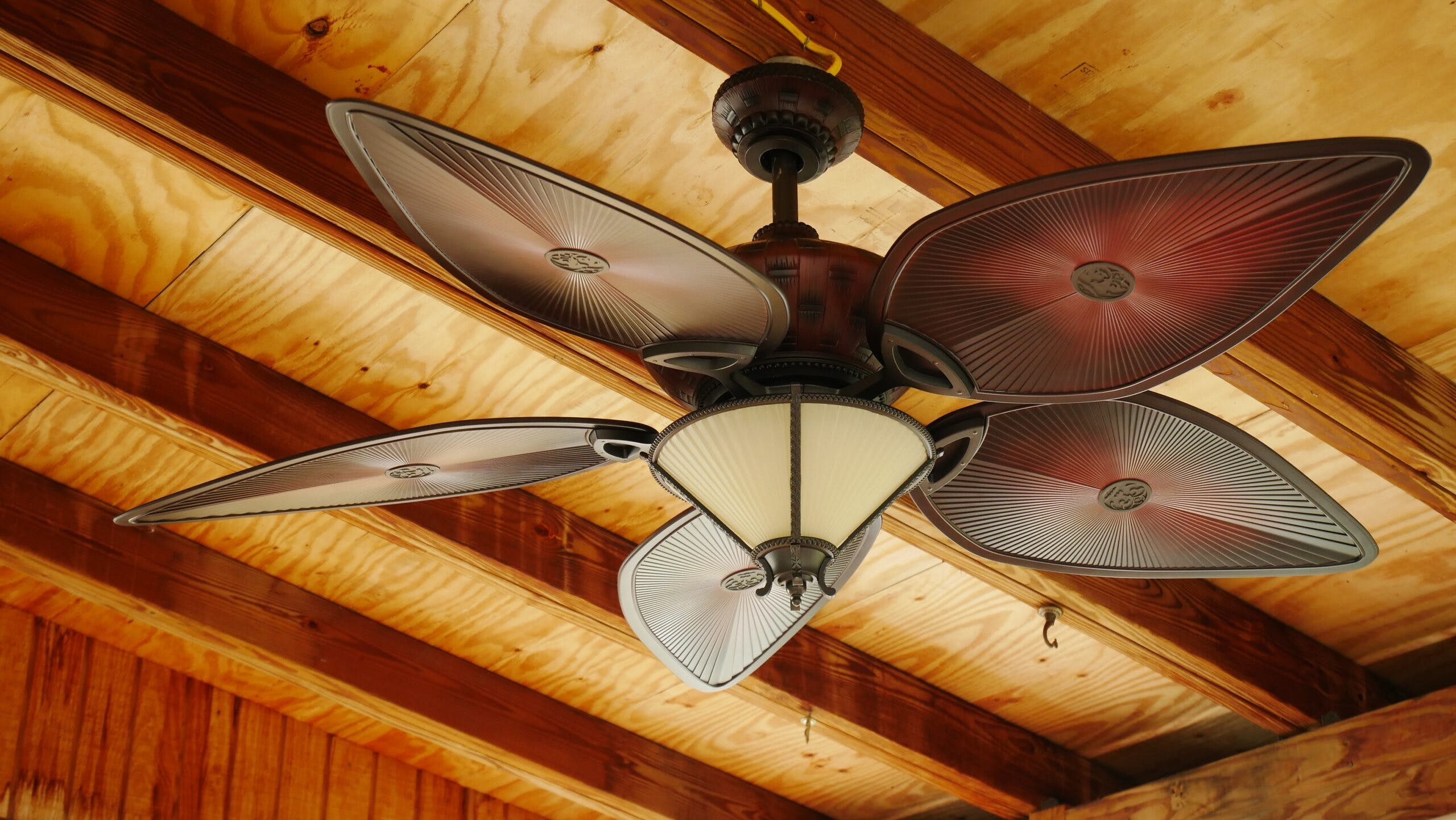Hey gang! Some of you might have noticed that you didn’t hear from us last week. (👋, Dad!) If you didn’t, we totally get it: It’s August, and we all need a break. In fact, we’re taking one ourselves to renovate one5c a little before the fall. (If you’re interested in helping us out there, please take our 30-second reader survey.) Until then, we wanted to leave y’all with a few things to keep your noggins busy and optimistic. Don’t worry, there won’t be a quiz. See ya in September!
Two-second energy saver: Kill the fan
A ceiling fan is a great way to give your air conditioner a break without turning you into a sweaty mess. With one running, you can dial up the temperature on the thermostat by 4 degrees with no real sacrifice in comfort. But, even though you might leave your A/C running (on low!) when you step out, there’s no use keeping those blades spinning when you’re not in the room: Fans cool people, not air. The increased airflow helps perspiration evaporate from the skin, which creates a pleasant cooling sensation. So kill the fan when you’re not under it.

Earth-friendly eats: A dish to devour summer’s biggest bounty
It’s that ratatouille time of year, when bumper crops of summer squash take over gardens, farm stands, and produce aisles. Even lovers of the versatile seasonal staple will surely get maxed out on zucchini boats, zoodles, fritters, and other mainstay use-it-up dishes. Lest those greens wind up in the bin (veggies represent almost a quarter of American food waste), we’re serving up a pizza recipe over at Cool Beans that churns through a full 2 pounds of ’em—that’s at least four zukes—in a single summertime supper.
Good read: Hope in a hopeless place
As Phoenix contends with record-breaking heat, a potentially transformative experiment is taking shape in its suburbs. In a metro area built for driving, a new development called Culdesac Tempe is going totally car-free, and promising to help residents slash their transportation emissions. Years in the making, the 700-apartment neighborhood has become a flagship in the movement to abolish parking minimums—municipal rules that require developers to plan for cars. Instead, residents will have access to light rail (and a monthly pass is baked into their rent), bike maintenance, scooters, and rentable EVs. Bloomberg’s CityLab checked in with its creators and earliest residents.
Shameless plug for our friends at Grist
Essential reporting on our changing planet, delivered straight to your inbox. Subscribe to Grist’s free weekly newsletter for trusted climate news and investigations from their team of expert reporters.
#winning: Incandescent bulbs are officially out
As of Aug. 1, stores in the U.S. can no longer sell most incandescent lightbulbs, marking the beginning of a cutoff that’s been in motion since 2007. The Biden administration’s new standard doesn’t outright ban the energy-hogging bulbs, but it puts benchmarks in place that only more-efficient lamps can hit, namely that a light source must produce 45 lumens of brightness for every watt of electricity it consumes. A 60-watt Edison-style bulb casts about 800 lumens (about 13 per watt), while an LED needs only around 10 watts to generate the same amount of light (about 80 lumens per watt).
Cause of optimism: Room-temperature superconductors might be real
A research team in South Korea may have cracked one of physics’ biggest quests: They’ve demonstrated a material that can store and move electricity in everyday conditions with no energy loss. LK-99 is what’s known as a room-temperature superconductor, and although the study has yet to undergo the peer-review process, other labs are feverishly working to replicate the results. If LK-99 does pan out, its ability to work outside the unfathomably cold conditions most superconductors demand (around minus 450 degrees) would mean electricity could zip literally around the globe without losing electrons, which would change the game for renewable energy delivery and storage.
Mic-drop climate fact
Only 20% of the gas you put into an internal-combustion vehicle actually goes to moving the car. In an EV, 89% of the electricity that goes into the car gets converted into motion. [h/t]
One last thing before we go…
Now that you’re plenty energized with good climate news, consider using that pep in your step to take our 30-second reader survey. Unless you opt into sharing your contact info, it’s all totally anonymous.

